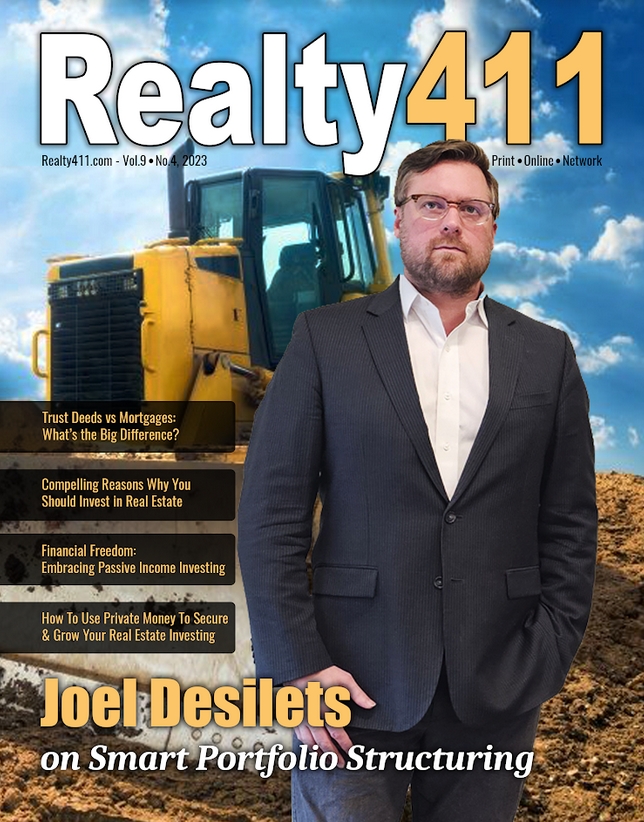Can You Micro Flip Mortgage Notes?
By Fuquan Bilal
There’s a lot of talk about micro-flipping real estate out there. But can you micro-flip mortgage notes?
The Micro-Flipping Craze
If you’ve Googled anything to do with real estate lately, you’ve probably been inundated with ads for micro-flipping. Almost every podcast, email and social post out there is talking about the same micro-flipping stories.
It’s a great twist of phrase on a very old strategy. Some people have been doing extremely well at it for years. So, what is it? What are the pros and cons? Can you apply it to notes instead? If so, why should you?
What Is Micro-Flipping?
Micro-flipping is the new term for wholesaling real estate. Wholesaling means buying or contracting to buy a property, and then assigning your contract or flipping it as-is, without doing any rehab work. If you have a good buyers list and connections, or can do this effectively online, you can be in, out and paid fast. It’s a high volume sport.
This has been made a lot easier thanks to all the access to data and software and online platforms we have today.

This form of real estate investing is made to sound super easy. That may be luring in a lot of people who think it is a lot easier than it really is. Not everyone is going to get the results they were sold on. Some will find it the easiest and fastest money they’ve ever made.
The real con of this strategy is that everyone is being sold on trying it. At least tens of thousands of people are sold on using the same software, data and marketing to do this. So, what you get is a lot of people bidding on the same deals, trying to sell them to the same buyers, and engaging in long broker chains. You don’t make money when you are running with the herd.
How To Flip Mortgage Notes
So, what if you could apply the same benefits of micro-flipping houses to the less crowded mortgage note space?
There are at least four ways to try this:
- Acquire individual mortgage notes and flip them as-is for a reasonable markup
- Buy pools of mortgage notes at deeper discounts than others can, and sell the individuals notes for more
- Acquire non-performing loan notes, work them out, resell them as more valuable reperforming notes
- Use non-performing notes as an avenue to acquire the collateral property and wholesale that to all of these new micro-flippers
Investment Opportunities
Find out more about investing in secured debt and real estate, go to NNG Capital Fund

Fuquan Bilal
Fuquan Bilal founded NNG in 2012 with the principal mission of capitalizing on the growing supply of mortgage notes in the interbank marketplace. Mr .Bilal utilizes his 17 years of residential and commercial real estate success to identify real estate opportunities and capitalize on them. To date, he has successfully managed three private mortgage note funds that primarily invest in singlefamily performing and nonperforming mortgage notes. His financial acumen and proprietary set of investment criteria enable him to purchase underperforming real estate assets at a deep discount of face and market values, thereby increasing the value of the assets. This, coupled with his ability to maximize the use of leverage, enables him to build strong, secured portfolios with solid passive income flows.







































